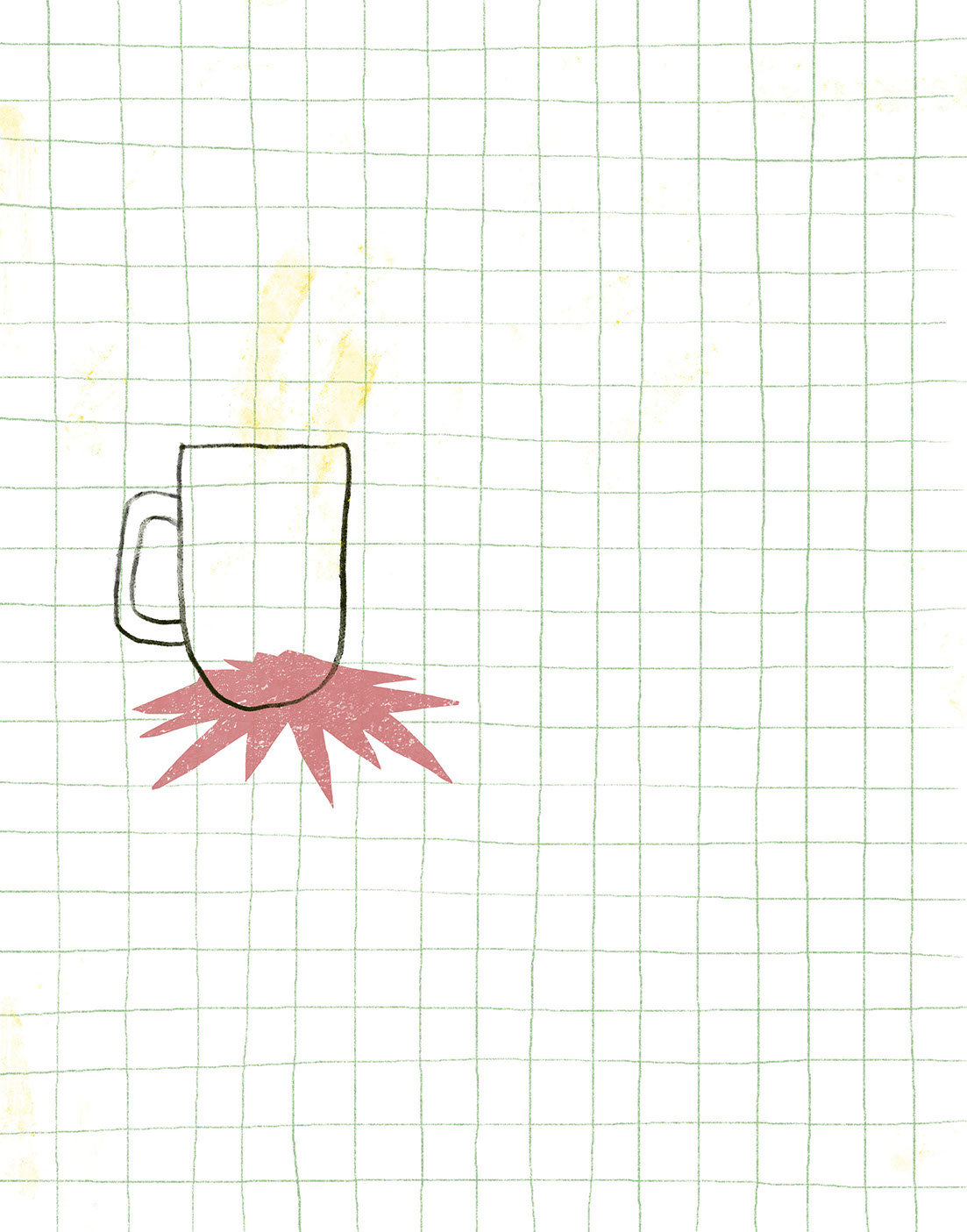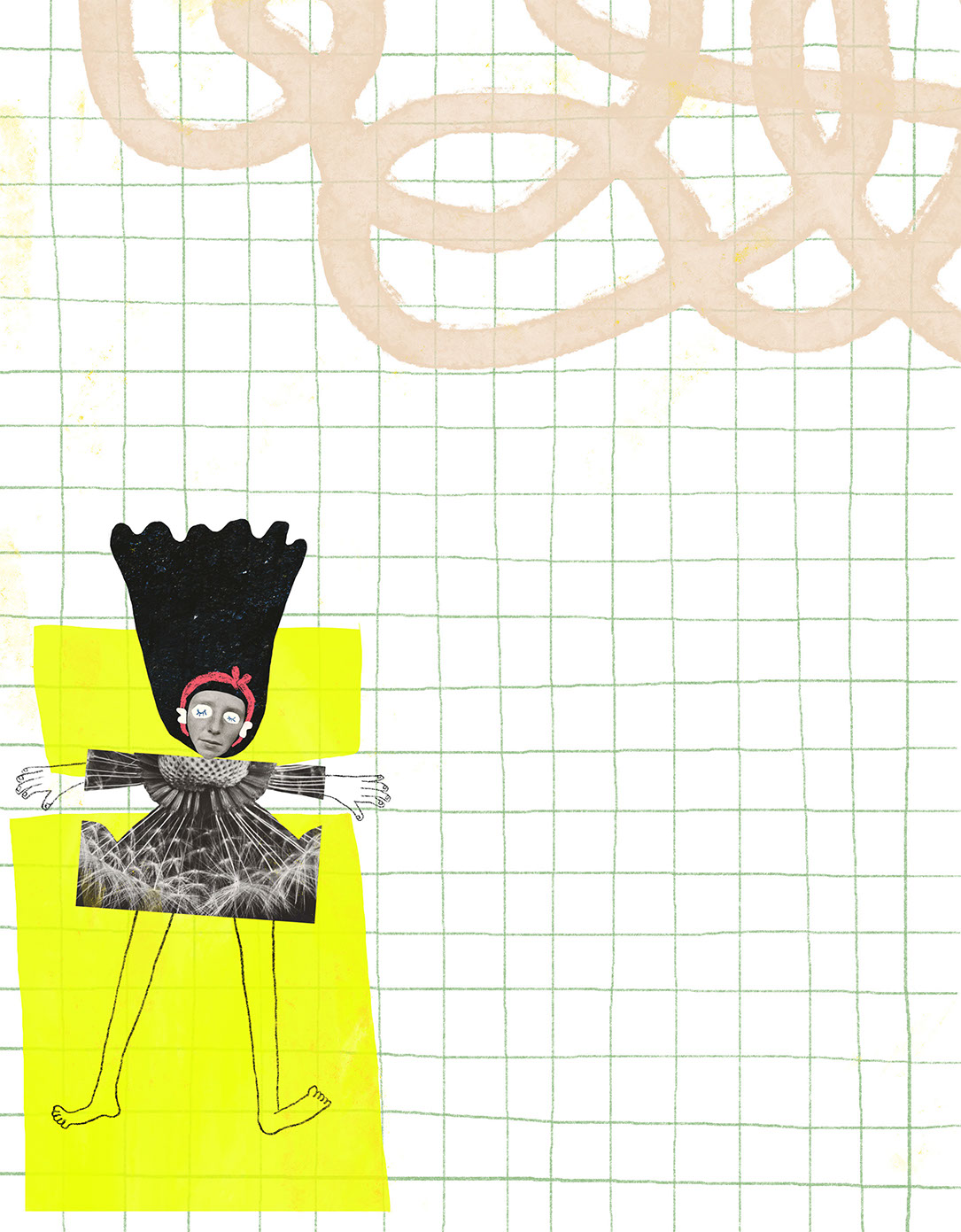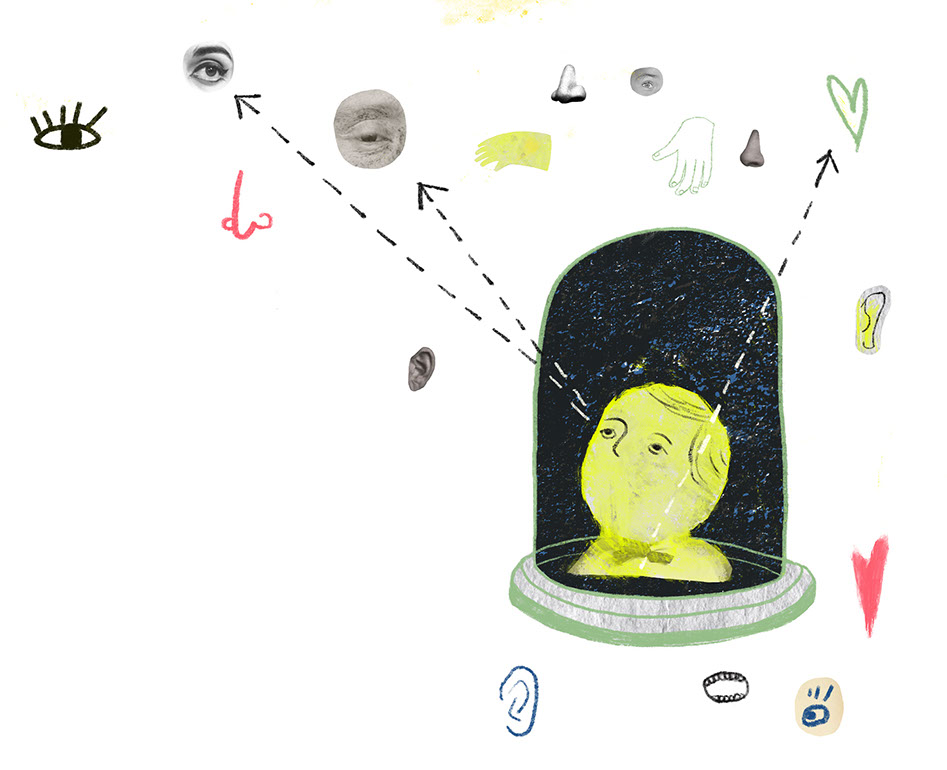Nurturing the Seed of Infinite Potentialities in Every Child

Emotion Regulation Activities
to Try This Week
By Dr. Ruthie Speidel
There are many strategies we can use to support children’s (and our own!) emotion regulation. Try out one of the activities below that are applicable for different age ranges.
01. Hot Chocolate Breathing
age 3-5
What You Need: a real or
imaginary cup of hot chocolate
Tips:
1. Have your child imagine they have a cup of hot chocolate in front of them.
2. Have them hold their hands around their imaginary hot chocolate and take in a deep breath.
3. Then as have them let their breath out very slowly, like they are breathing their out breath through a straw or like they are slowly cooling down the hot chocolate in front of them.
4. Repeat this 3-5 times or as needed (or until the hot chocolate is cool enough to drink!)
• You can switch this exercise up to something like hot pizza or hot chocolate chip cookies fresh out of the oven, or blowing bubbles, anything your child likes!
• When we change the rhythm of our breathing so that our out-breath is longer than our in-breath, this activates our parasympathetic system, which helps us calm down.
• Children often learn best when they are playing, so turning mindfulness into something playful and creative is a great way to coach them in mindful breathing in a simple, fun, and memorable way. Then, we can support them in practicing this strategy in the moment when they are experiencing a big emotion and need some support in calming down.

02. The Turtle Technique
Age 3-8
What You Need:
Optional: a plush turtle toy, a picture of a turtle, or a drawing of a turtle you create with the child
Tips:
1. Guide the child to pretend they are a turtle who is very upset.
2. Identify the emotion (e.g., frustration).
3. Think “STOP”.
4. Get into their “shell” (you can model this by shrugging your shoulders, or lifting the neck of your shirt up so your head does down, like a turtle going into their shell).
5. Take 3 deep breaths.
6. Think calm thoughts or use positive self-talk such as “I can calm down” and “I am good at solving problems”. As a variation, children can think about relaxing their body, one body part at a time.
7. Come out of their shell when calm, and ready to think of solutions to the problem.
You might start this exercise by having the turtle give an example of a time they felt a negative emotion (e.g., “Mr. Turtle has been trying to solve a tricky puzzle all morning and he just can’t do it! His face is turning more and more red with each try. He huffs and he puffs and suddenly he kicks the ground”). You could also have a child describe a time that they felt a negative emotion.
It might be beneficial to first teach this technique after an emotional event is over, when the child is calm. Once they are familiar with the technique, children can use the turtle technique in real time when they are upset, or anxious, and need help calming down.

Tips:
1. Have the child lie down on their back on a comfortable surface and close their eyes. Lie down beside them.
2. Tell them to tense ("squeeze") every muscle in their body as tight as they can. After holding this for a few seconds, have them release all their muscles and relax for a few minutes, focusing on their breathing.
(a) Next, try scrunching up the toes and then letting go
(b) Tighten leg muscles and then relax them
(c) Bring in the belly and then release
(d) Then squeeze hands into fists, making the arms as hard they can at the same time
(e) Scrunch up the face and forehead, and then relax
3. Encourage children to think about how their body is feeling throughout the activity, and to keep the parts that have been relaxed, relaxed!
Try this Variation! Have children stand up and instruct them to tighten their entire body, and then have them slowly relax and start to fold their body forward. Start by letting the head relax and gently drop forward, then the shoulders, arms, chest, belly. They can stay standing, bending their knees so their fingertips touch the floor. Remind them to relax the neck and head when they are fully folded over. They can gently sway back and forth here for a couple of moments (like a rag doll!) before slowly coming back up.
03. Mindful Progressive Relaxation
Age 3 and up
What You Need: Just your body!


Tips:
1. This is a mindfulness exercise you can try to support your ability to cope in the moment when you are feeling overwhelmed.
2. Start by taking a deep breath and noticing your breath.
3. Then look around you and ask yourself these five questions without judging your answers. This exercise is just about noticing:
What are 5 things that you can see?
What are 4 things you can feel?
What are 3 things that you can hear?
What are 2 things you can smell?
What is 1 thing you can taste?
The 5-4-3-2-1 exercise can help ground you in the moment and return you to a calm state, especially when you are feeling overwhelmed. Taking a moment to re-connect with what's around you can help you feel better able to then connect with those around you.
Depending on where you are and what you’re doing, asking what you can smell and taste may be challenging. Instead, you can try asking your child to think about their favourite smell or food, or think about the last thing they ate.
04. 5-4-3-2-1 Exercise
age 3 and up
What You Need: Just your body!
